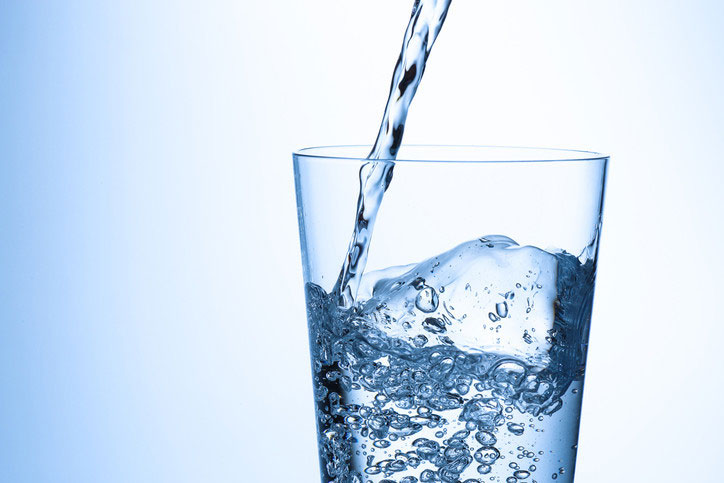What’s in Your Drinking Water?
Call (602) 376-2075 or Request an Appointment
What’s in our drinking water?
All water suppliers in the United States are required to have a certain level of water quality. Bacteria plays a big role in the water we drink but are not harmful. Water mostly consists of minimal amounts of chlorine. Chlorine is added to prevent the growth of bacterial growth while the water runs through the pipes. It is recommended that there should be a Ph level of 6.5 to 8.5 for it to be clean water. It is important that we drink water to bring nutrients and oxygen to our cells. When it comes to cost, tap water is a lot cheaper than bottled water.


4 Different types of Contaminants found in Tap Water
The four different types of contaminants found in tap water are fluoride, chlorine, lead and arsenic. Lead is a source that comes from water that affects young children. Most of the bacteria that is found in tap water is not harmful.


Difference between tap water and bottled water
Tap Water:
Tap water is known to be safer to drink than bottled water. It comes from wells, lakes and reservoirs. When purchasing bottled water, look for brands that have been treated with osmosis, distillation or filtration.
Bottled Water:
Bottled water may contain microplastics which can harm your health. Microplastics can affect the production of hormones and cause inflammation. Even though bottled water may be convenient, it’s not always the best option.


Tip: 4 ways to help drink more water!
- Tracking your intake
- Increase your glass size
- Set a daily goal
- Set a reminder
